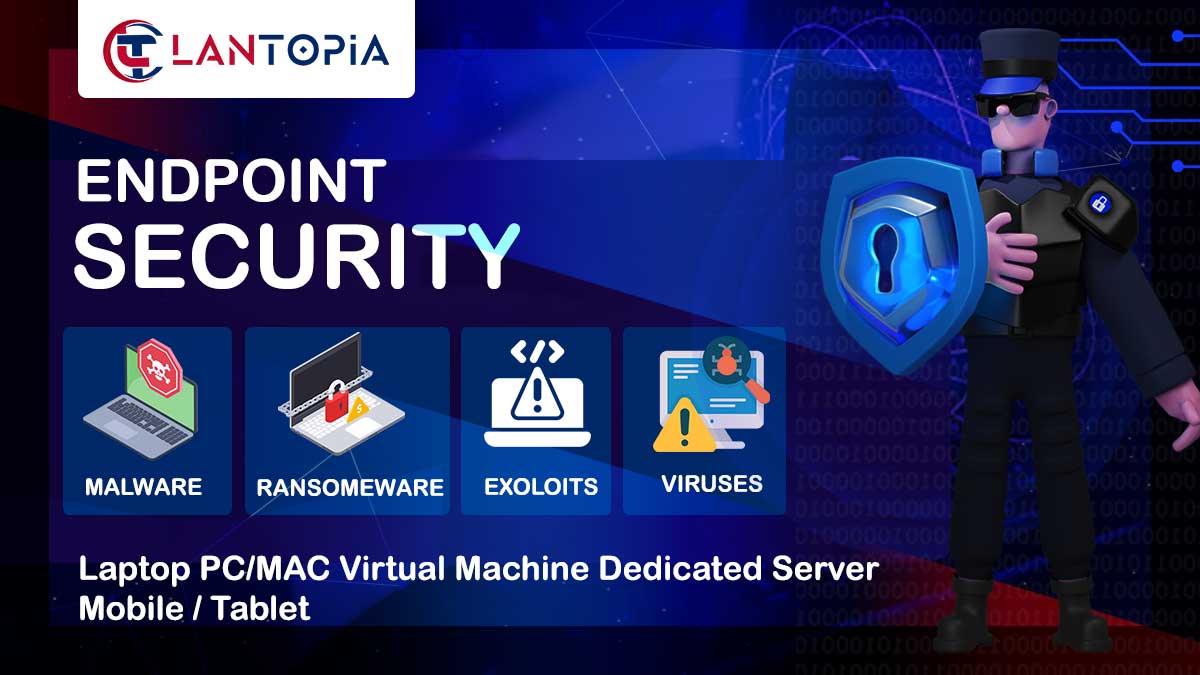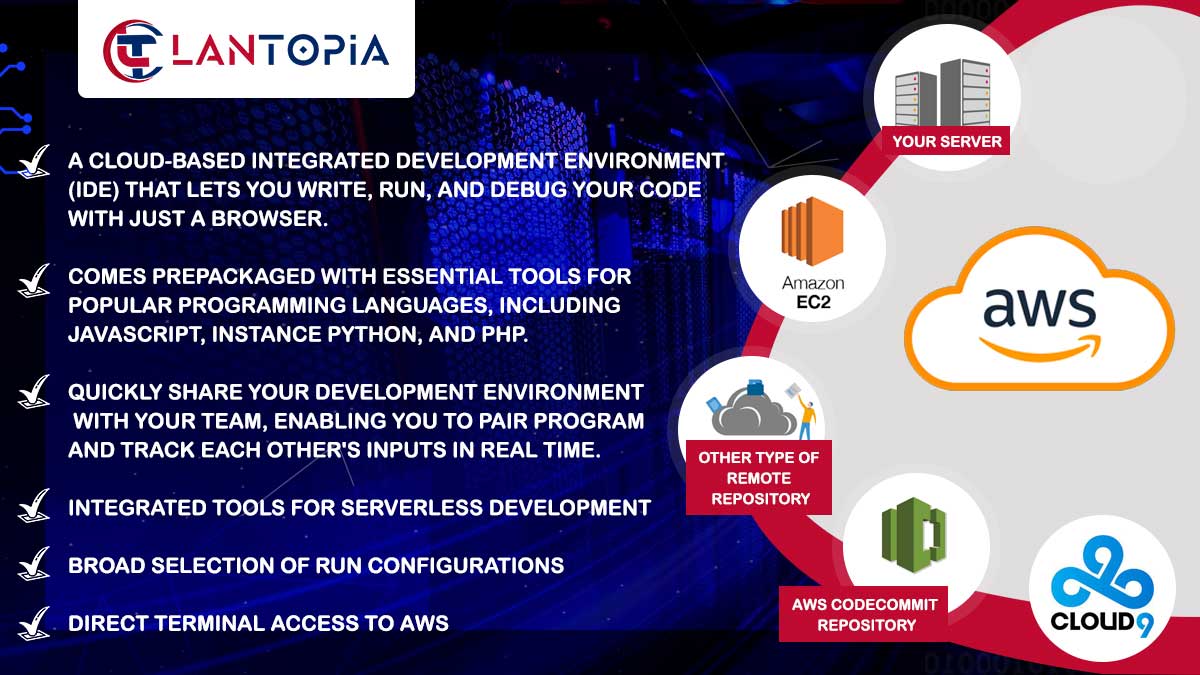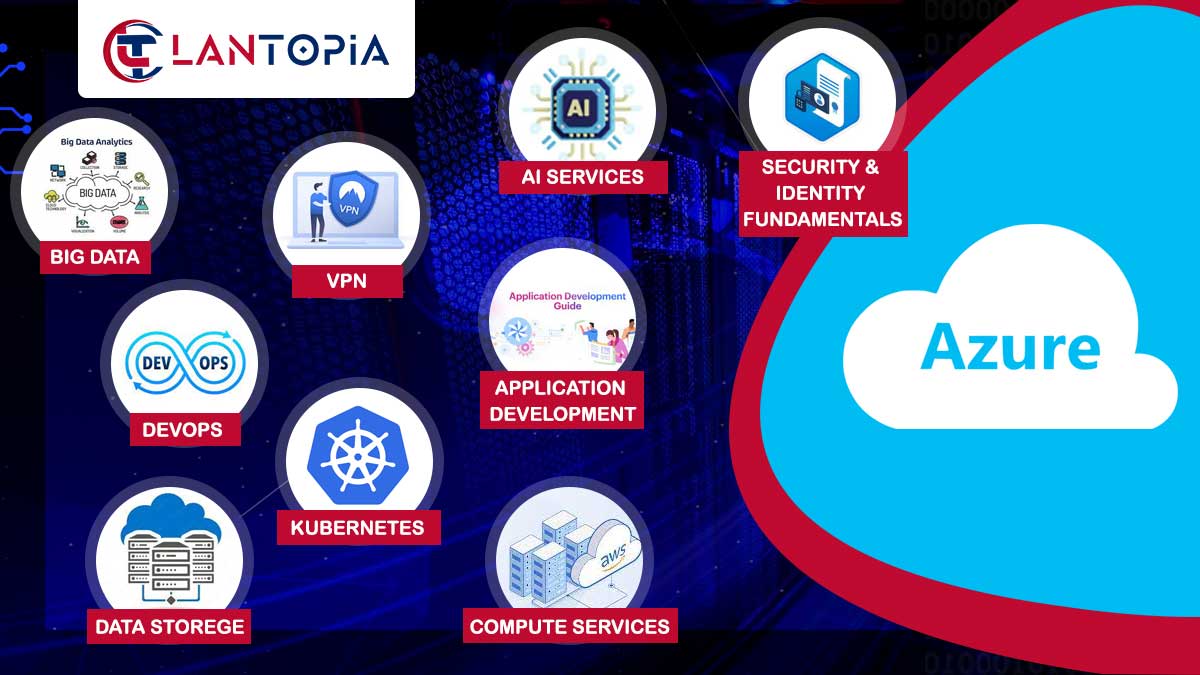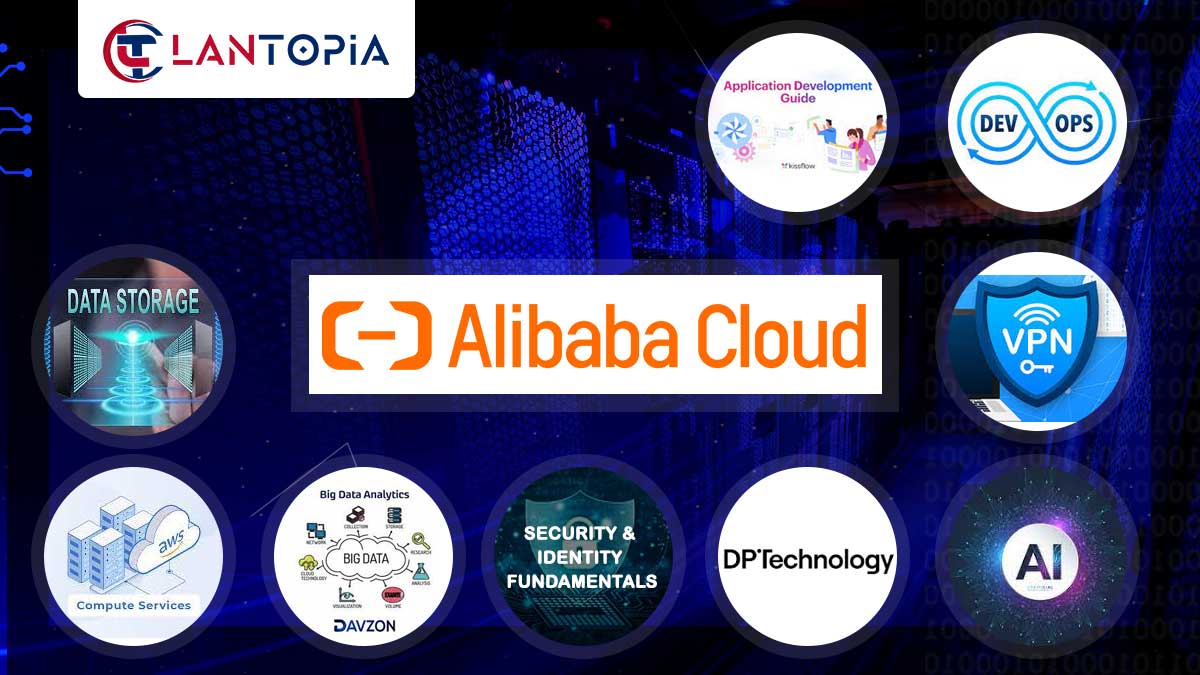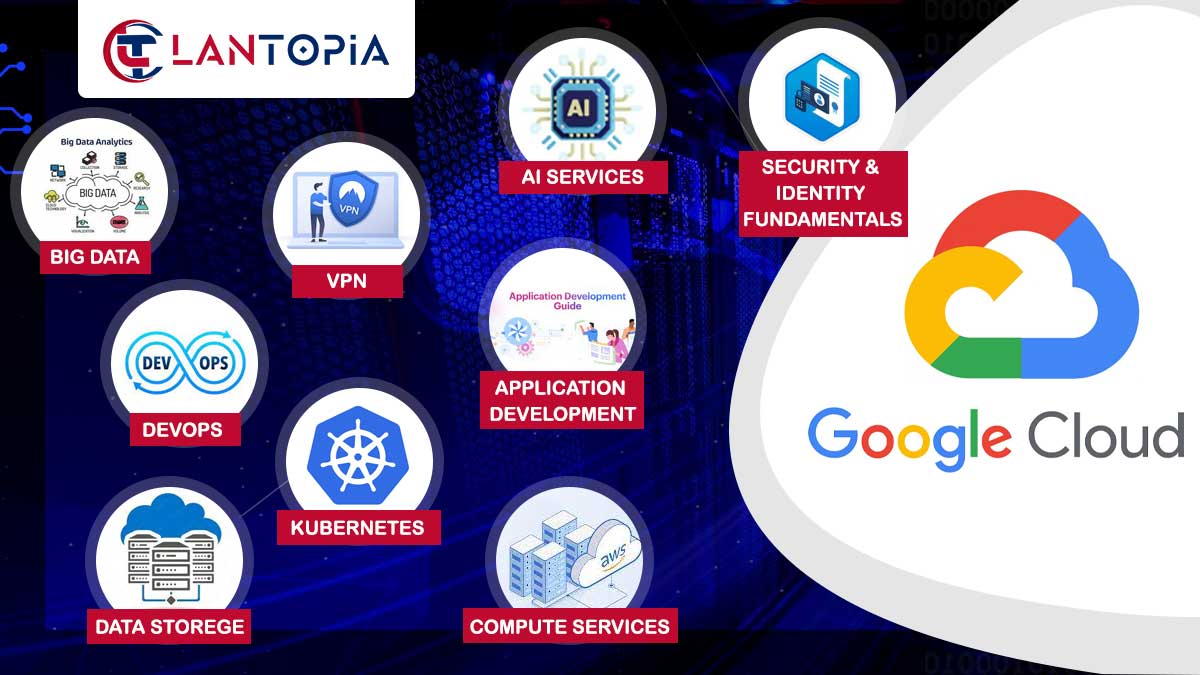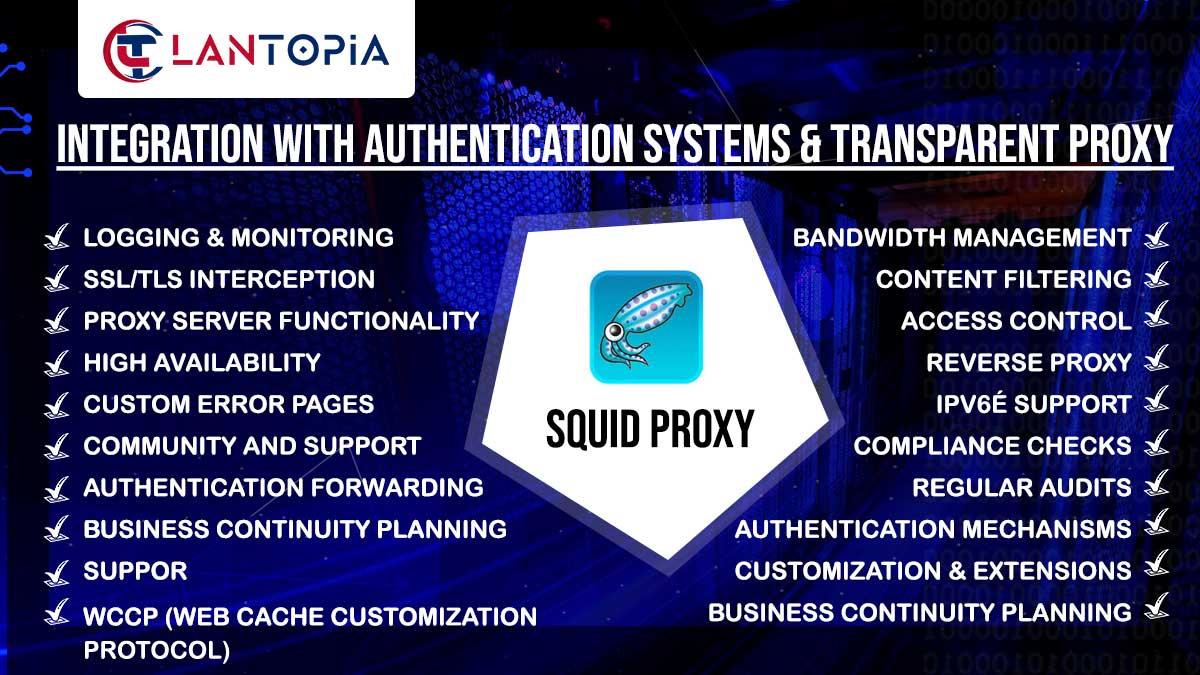- Antivirus, Anti-Malware Protection and Endpoint Detection
- Device Control, Application Whitelisting and Response (EDR)
- Mobile Device Management (MDM) and Multi-Factor Authentication (MFA)
LANTopia provides the best endpoint Security
What can you expect to pay? We believe in being up-front with our prices as we respect our customers.
- Remote services are billed at $50/hr
- On-site services are $100/hr with a travel fee of $100 per visit
- A monthly retainer starts from $500 which accounts for 15 remote hours of support. This adds 50% bonus support hours for free and is the most economical and preferred by our customers.
What can you expect to get?
Dedicated IT professional with deep knowledge of the technologies needed to help your business. Recommendations on best practices. Fast turnaround and highest quality work with a proven track record.
We guarantee satisfaction or your money back.
- Antivirus and Anti-Malware Protection
- Install reputable antivirus and anti-malware software on all endpoints
- Keep virus definitions and signatures up to date for real-time protection
- Schedule regular scans to detect and remove malicious software
- Endpoint Detection and Response (EDR)
- Implement EDR solutions for advanced threat detection and response
- Monitor endpoint activities for suspicious behavior
- Have automated response mechanisms for immediate threat containment
- Patch Management
- Establish a patch management system to keep operating systems and software up to date
- Regularly apply security patches to address vulnerabilities
- Test patches in a controlled environment before widespread deployment
- Device Control and Application Whitelisting
- Control and monitor external devices (USB drives, etc.) to prevent unauthorized data transfer
- Implement application whitelisting to allow only approved applications to run
- Restrict the execution of unknown or potentially malicious applications
- Full Disk Encryption
- Enable full disk encryption on endpoints to protect data at rest
- Encrypt sensitive files and folders to safeguard against unauthorized access
- Ensure encryption keys are securely managed
- Network Segmentation
- Implement network segmentation to isolate endpoints and limit lateral movement
- Control access to critical network resources based on user roles and responsibilities
- Monitor network traffic for anomalies that may indicate a security breach
- Mobile Device Management (MDM)
- Enforce security policies on mobile devices accessing business networks
- Implement remote wipe and lock capabilities for lost or stolen devices
- Ensure that mobile devices are kept up to date with security patches
- Multi-Factor Authentication (MFA)
- Implement MFA for secure user authentication
- Require additional verification steps beyond passwords for access
- Protect against unauthorized access, especially for sensitive systems
- User Awareness Training
- Train employees on security best practices and the importance of endpoint security
- Educate users about phishing attacks and social engineering tactics
- Promote a culture of cybersecurity awareness within the organization
- Data Loss Prevention (DLP): Implement DLP solutions to monitor and control the transfer of sensitive data. Set up policies to prevent the accidental or intentional leakage of confidential information. Regularly audit and review DLP configurations.
- Behavioral Analytics: Use behavioral analytics to detect abnormal patterns of user activity. Establish baselines for normal behavior and trigger alerts for deviations. Leverage analytics to identify potential insider threats.
- Endpoint Security Policies: Develop and enforce clear endpoint security policies. Specify acceptable use of endpoints and guidelines for securing devices. Regularly communicate and reinforce these policies to all employees.
- Secure Email Gateways: Implement secure email gateways to filter out malicious attachments and links. Scan incoming and outgoing emails for potential threats. Train users to recognize and report phishing attempts.
- Incident Response Planning: Develop a comprehensive incident response plan for endpoint security incidents. Establish clear procedures for investigating and mitigating security breaches. Conduct regular drills to test the effectiveness of the response plan.
- Remote Desktop Protocol (RDP) Security: Securely configure and restrict access to Remote Desktop Protocol. Implement strong authentication for remote desktop connections. Monitor and log RDP activities for potential security risks.

